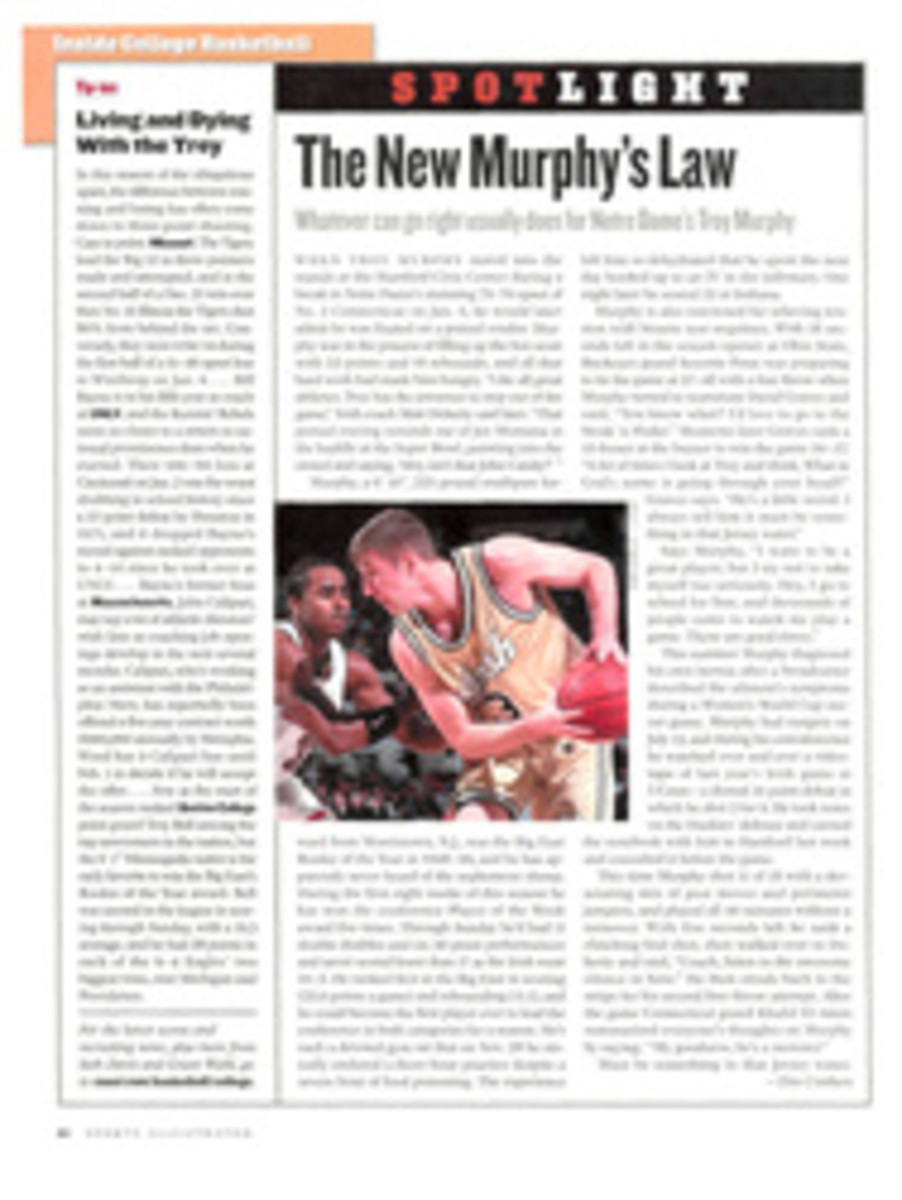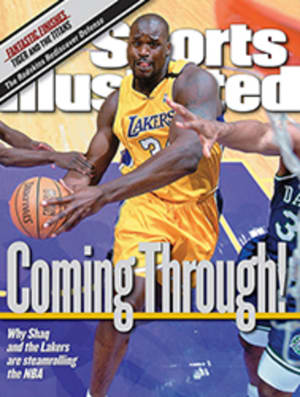
Brad Park, Hall of Fame Defenseman May 9, 1977
Before his first NHL game, New York Rangers defenseman Brad Park
was assigned the number 2 jersey, but Park, a baby-faced
wunderkind from Toronto, had no way of knowing how that number
would come to define his career. He would finish second in the
Norris Trophy voting six times and play all 17 of his NHL
seasons in the shadow of a more celebrated defenseman: first
Bobby Orr and later Denis Potvin. "I was always out to beat
those guys," says Park, now 51 and living with his wife, Gerry,
in Lynnfield, Mass., "but I'd like to think we shared a
competitive respect for each other."
While marshaling the defenses of the Rangers, Boston Bruins and
Detroit Red Wings from 1968-69 to 1984-85, the 6-foot, 200-pound
Park had to contend with a pair of shredded knees that underwent
15 operations. Still, he played 50 or more games in 13 of his
seasons, and every one of his teams made it to the playoffs. He
finished with 213 goals and 683 assists, and had 125 points in
161 postseason games. He also amassed 1,429 penalty minutes.
Off the ice, too, Park fought for his teammates. First, as vice
president of the NHL Players' Association from 1971 to '83;
then, in '95 as a plaintiff in a multimillion dollar
class-action suit against ex-NHLPA boss Alan Eagleson, who had
pled guilty to mail fraud, and others, on the allegation that
they had suppressed players' salaries. (The suit was dismissed
for having been filed too late, but an appeal is pending.)
Park's current involvement in hockey includes broadcasting home
games of the AHL's Lowell Lock Monsters. He also helped design
the North American Superskills Academy (Internet-linked software
that allows youth-league players to compare their statistics
against a national average) and created the Hockey Pipeline
System (pipelike obstacles used in on-ice practice drills).
While he served a stint behind the bench of the Red Wings in
1985-86, his fondest coaching memories are of shepherding three
of his sons through Pee-Wee hockey.
Park's proudest moment (aside from seeing his five kids attend
college and his son Rob, who has cerebral palsy, get married
last year) came in 1988, when he was elected to the Hall of
Fame. "Hockey came to me at a very young age, like a Christmas
present," says Park, "but induction into the Hall was the big
bow to top off the package." When enshrined in glass alongside
the game sweaters of the other stars in Toronto, Park's number 2
seems symbolic of nothing less than a first-rate player.
--Kelley King
COLOR PHOTO: DICK RAPHAEL (COVER)
COLOR PHOTO: DAMIAN STROHMEYER
Second in the Norris Trophy vote six times, he played 17 seasons
in the shadow of Orr and Potvin

